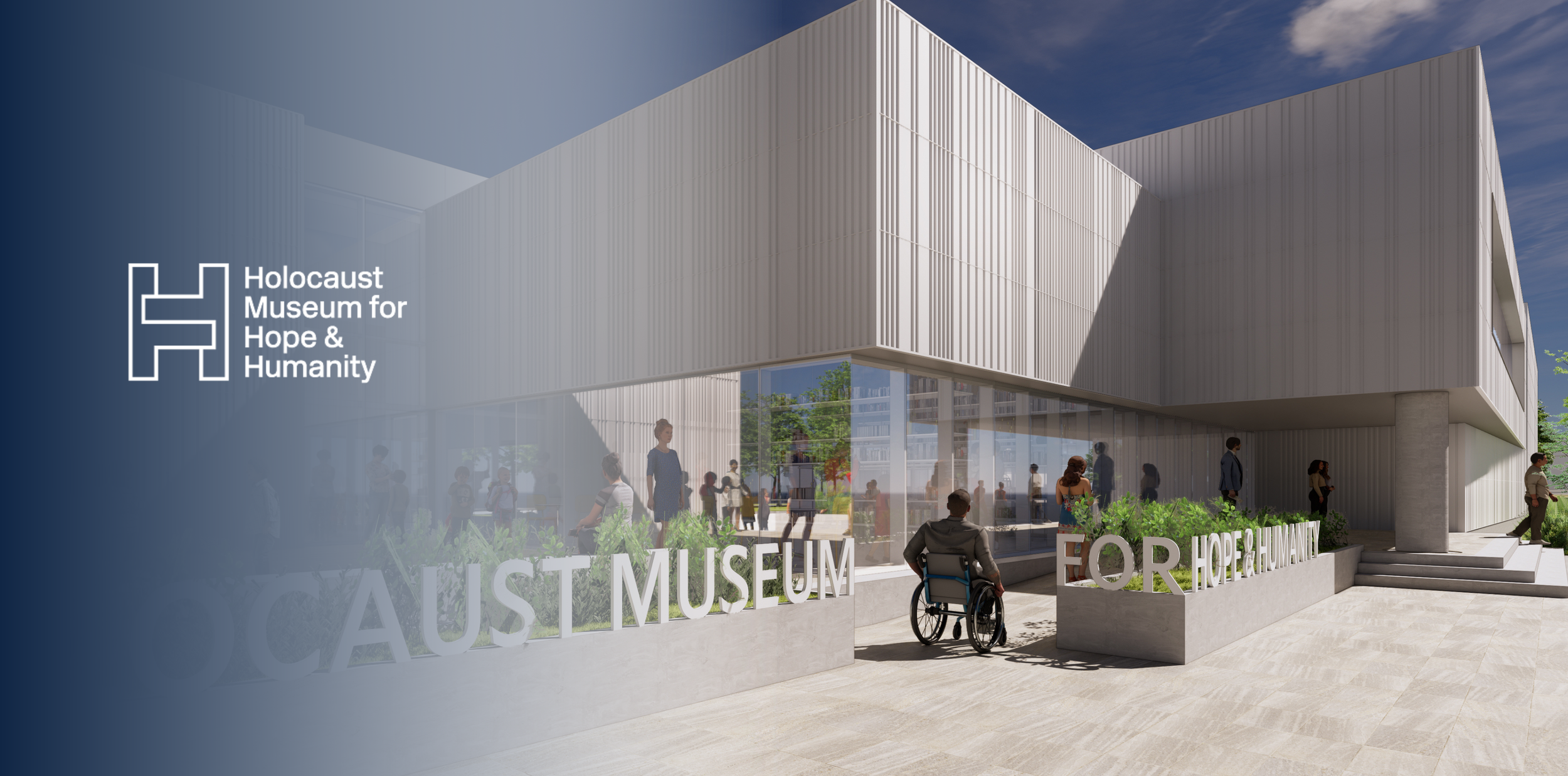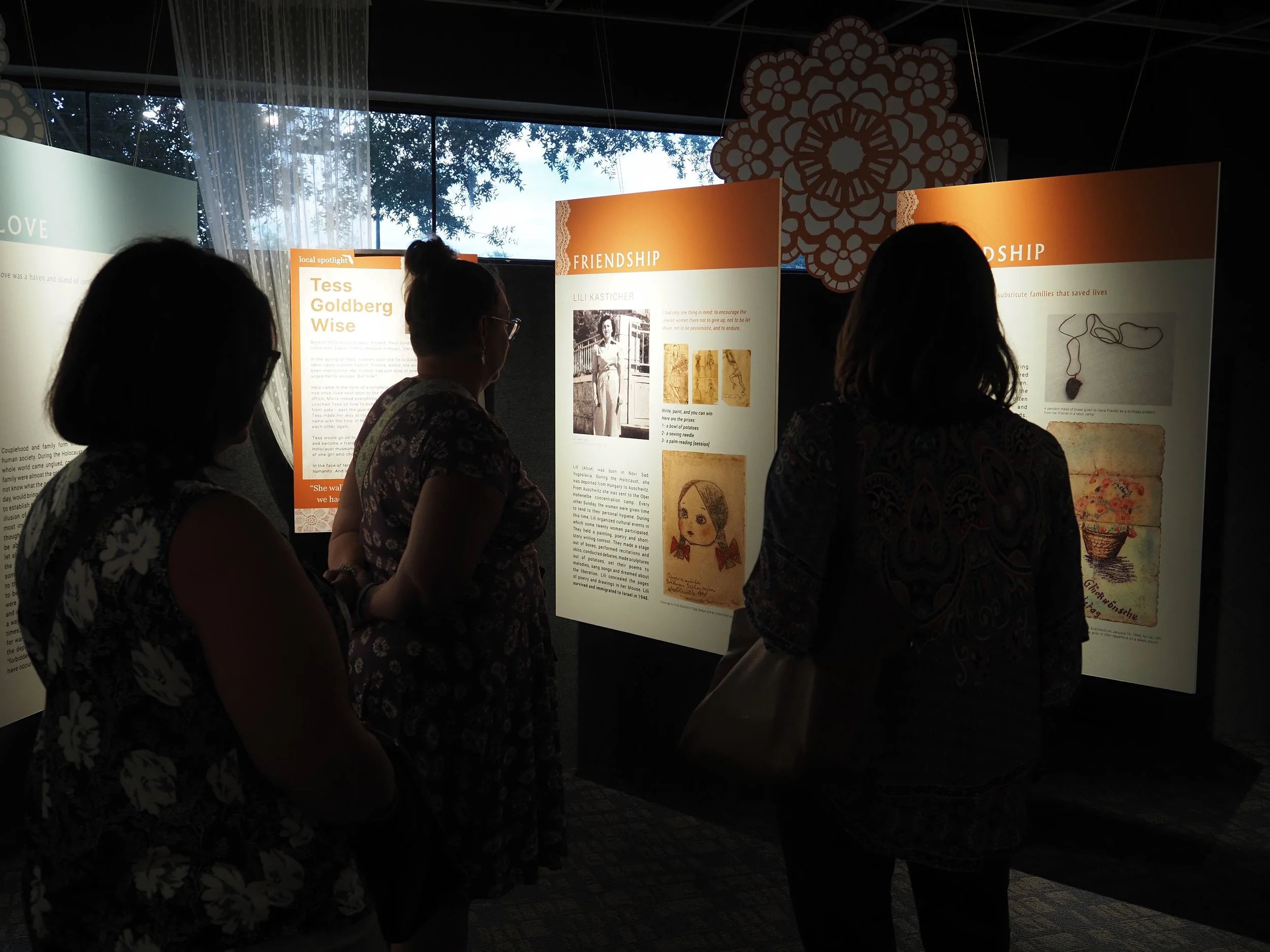Preserving the past.
Protecting the future.
We use the history and lessons of the Holocaust to build a just and caring community free of antisemitism and all forms of prejudice and bigotry.
The mission of the Holocaust Memorial Resource & Education Center of Florida is to use the history and lessons of the Holocaust to build a just and caring community free of antisemitism and all forms of prejudice and bigotry.
Donate today to our Collaborative Campaign
Upcoming Events

Our New Museum
Ways to Give
Tess Wise, Center Founder & Holocaust Survivor
Your generous gift allows us to continue educating visitors on how we can create an inclusive community free of hatred through the lessons and history of the Holocaust.






